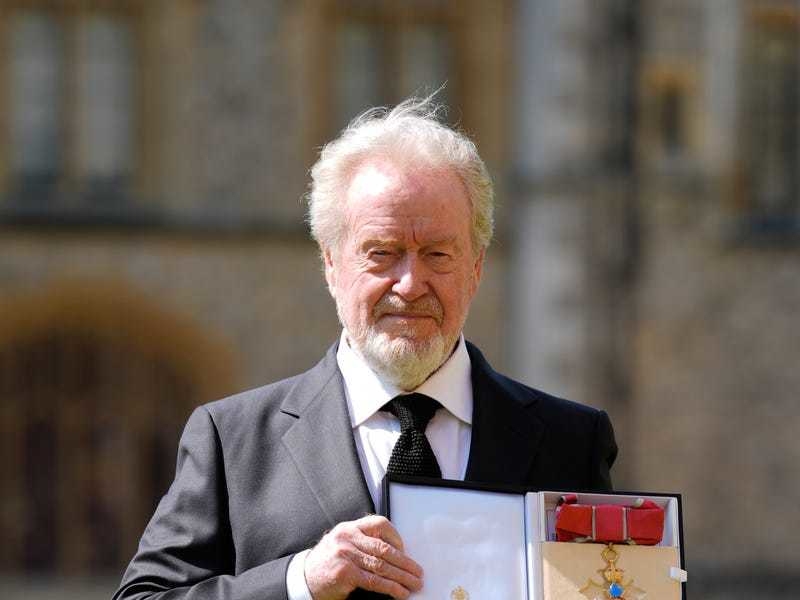And every year, millions of us fail to keep them. Whether the promise is to cut down on sugary foods including chocolate, to stop smoking or to exercise more, good intentions are tested throughout the year and most of us are left found wanting.
According to cognitive hypnotherapist and mind coach Anne Banyard, up to eight per cent of Britons who make New Year’s resolutions fail to see them through, with the majority of people falling down within the first couple of weeks of the new year.
How, then, should we go about sticking to the promises we make to ourselves in 2018?
‘It’s about controlling the mind,’ says Anne. ‘The mind eavesdrops on the body all the time. You can’t do anything with your body without letting your mind know that you are doing it, whether that is cutting out the chocolate you eat, stopping smoking or exercising more.
‘So it’s about changing your mindset. As soon as you’ve changed your thoughts, they’ll never be the same again because once you’ve started a new, positive habit you’ll create a new connection in the brain – a new neural pathway.’
Anne, who works at a clinic in St Brelade and is also a consultant for Align Health Agency at Lido Medical Centre on St Saviour’s Road, says the way to create new neural pathways – which enable a signal to be sent from one brain region to another – is by using a simple technique called ‘story-telling’.
‘Many of the behaviours people would love to change are actually habits embedded deep in the subconscious,’ explains Anne (56), who lives in St Brelade with her husband and has a daughter and two grand-children in the Island.
‘If you decide to change a habit you are doomed to failure unless you make a change in the unconscious mind as well. Story-telling is a simple way of connecting your conscious with your unconscious mind.’
Anne says there are three key steps in cognitive story-telling.
‘Start by writing down the existing “story” – that is, the behaviour or habit that you want to change.
‘Identify what it is that makes it so hard to change it and note down the high-risk times. For example, one person who came to see me noticed he always ate chocolate when he was bored or feeling low.
‘The third step is to rewrite the story the way you want it to be. The more details you add to your new story, the more you can change your thought patterns and the greater chance you have of making the shift.’
Anne says that in order to create a new positive habit, a person must repeat the action three to seven times before it becomes ingrained in their brain and the new neural pathway is created.
She adds: ‘Even before we are born, the brain is creating neural pathways which we rely on later as we learn to walk, write and ride bicycles.
‘Unfortunately, habits such as picking up a coffee on the way to work, slipping out for a cigarette break, or having a glass of wine when we get home can also become hard-wired into our brain as adults. When we try to change a habit, the unconscious mind will fight against it, and will not give up until it realises that the story has changed.’
According to Anne, it is no good trying to make one giant leap to a better lifestyle immediately.
‘Don’t immediately think you’ll change your old habits straight away, instead take baby steps towards achieving your goal. It has to be a gradual process.’
Anne has worked with numerous clients to change their habits for the better, including an Islander who wanted to lose weight.
‘Her biggest enemy was a common brand of fizzy drink. I used an aversion technique which involved her visualising that her favourite fizzy drink tasted like liver – which she hated. It worked and she has never drunk it again.’
Anne’s five tips for sticking to a New Year’s resolution:
1. No room for negativity
‘Don’t allow negative talk to get the better of you,’ says Anne. ‘Sometimes it’s almost like we’ve got a little gremlin on our shoulder whispering, “You can’t achieve this or that”. Instead, tower over your negative thoughts by giving them a silly voice.’
2. Visualise the best version of you
‘See the best version of yourself in future. If your New Year’s resolution is to do more exercise, imagine looking into a mirror and visualising how you want to look in the future so your unconscious mind can use that as a motivating platform to help you move forward.’
3. Don’t ruin your metabolic mechanics
‘If you had a brand new car you wouldn’t keep trying to put more and more fuel in it when the tank is full because it would start overflowing and you could damage it. It’s the same thing with a person who, for instance, might be eating too many sugary products like chocolate. Remember that while you can always get another car, you can’t buy a new body.’
4. Make smoking a tedious task
‘If you are a serious smoker, a good first step towards quitting is making sure that when you smoke, you don’t have the cup of coffee or tea that you might have as an accompaniment to it because you need to ensure that smoking quickly becomes a boring habit.
‘You should also use a different hand to smoke with. If you are used to smoking with your right hand, change that around and start smoking with your left so that your brain knows something has changed.
‘And have a big jar that you have to open to put your cigarette stubs in after every smoke. That way, each time you open it you will have that terrible smell of ash – and over the course of a week you will be reminded of just how much you smoke, which should help act as a deterrent.’
5. Change your routine
Anne says people often associate different times of the day with certain indulgences and habits.
‘It’s the same if you are trying to lose weight and do more exercise. If the first thing you normally do when you get home from work is have a pack of chocolate biscuits, change that by having a shower or going for a short walk instead each day when you get back.’
*For more information on behavioural change, visit Anne’s website annebanyardcognitivehypnotherapy.co.uk or call Anne on 482212.
EASE YOUR WAY INTO SHAPE
According to a recent YouGov survey, the most common New Year’s resolutions among us Brits are to eat better and exercise more.
Perhaps the pertinent question is how best to move on from a heavy Christmas brimming with booze, chocolate and turkey and embrace that healthy, active lifestyle.
Such a transition can seem especially daunting for people who have lived sedentary lifestyles for longer than they care to remember.
Ben Boakye, the founder of Island-based Big Ben’s Fit Club in St Clement – which specialises in circuit training, body-shaping classes and ‘boxersize’ boxing workout sessions – says a great way of beginning an exercise regime is by taking a brisk walk.
‘The best way to start things off is with a walk,’ says Ben. ‘We live in a beautiful island with lovely views and nice fresh air, so that’s a great reason to go for a walk – perhaps during your work lunch break.’
Both Ben and his head coach at the fitness club, Becky Ward, are in agreement that the most effective way to start getting into shape is by adopting a little-by-little approach.
‘A lot of people sit at a desk all day working in office environments, so they should make sure that they get out of their chair and take a little walk three or four times a day to the breakout areas – whether that is the kitchen or to the water-coolers,’ advises Becky.
‘And if you take the bus to work, get off a few stops earlier and walk the rest of the way, or take the stairs rather than the lift. It’s all about making little changes at first.’
She adds: ‘Swimming is also good because it puts less pressure on the joints than running would.
‘In Jersey there’s plenty of places to swim, such as Les Quennevais Sports Centre and Les Ormes, and there’s lots of hotels that do special deals for using their swimming pools at this time of the year.
‘It’s a good idea to start off by doing a 30-minute swim once a week, but don’t try to do too much. Swim a few lengths, then have a rest and when you feel ready, swim a few more lengths.
‘What you don’t want to do is strain yourself because you mustn’t make exercise seem like a chore.
‘You’ve got to make it enjoyable for yourself and make it part of a regular routine.
‘Ultimately, losing weight and getting in better shape by doing more exercise has got to be done slowly and gradually.’
BEN AND BECKY’S FITNESS TIPS
1. Finish off eating the remainder of your Christmas chocolate, but don’t buy any more!
2. Don’t go shopping when you are hungry, always go after you have eaten.
3. Try starting off exercising with a friend so you have extra motivation and you can support each other.
4. Begin with two 15-20 minute walks in the first week, then increase that to three walks (perhaps a 20-minute walk on a Monday, a 15-minute walk on a Wednesday and another 20-minute walk on the Friday).
5. Increase the time of the walks gradually and by the fourth week, you might try three walks at 25-30 minutes each.
Ben says anyone who would like to enjoy the camaraderie of a group walk for extra motivation is welcome to attend one of the club’s Sunday walks.
‘We hold free walks every Sunday and each week they begin from a different location at 9 am. They last from one to one-and-a-half hours and people can look on our Facebook page each week to check where the next walk is taking place.
‘We currently have people from 18 years of age all the way up to 78 who participate in the walks and more people are always welcome – we’d like to encourage as many people from the community as possible to come and join us.’
*For more information about Big Ben’s Fit Club, visit the website http://bigbensfitclub.com/fit-club/ or head to the club’s open morning, from 10 – 12 on Sunday 14 January, at the Pomme d’Or Hotel.






